Market Analysis
In-depth Analysis of Satellite Communication Market Industry Landscape
The Satellite Communication Market dynamics are shaped by a multitude of factors reflecting technological advancements, evolving user needs, regulatory frameworks, competitive landscapes, and geopolitical considerations. Satellite communication plays a critical role in providing global connectivity for various applications, including telecommunications, broadcasting, maritime, aviation, government, and defense.
One significant driver of the demand for satellite communication services is the increasing demand for connectivity in remote or underserved areas where terrestrial infrastructure is limited or unavailable. Satellites offer a cost-effective and scalable solution for extending broadband internet access, telecommunication services, and broadcasting content to rural, remote, and maritime regions, bridging the digital divide and enabling socio-economic development. Additionally, satellite communication serves as a reliable backup or redundancy solution for terrestrial networks, ensuring continuity of communication in emergency situations or during natural disasters.
Technological advancements play a pivotal role in shaping the dynamics of the satellite communication market. Innovations in satellite design, propulsion systems, payload technologies, and ground segment infrastructure enable the development of advanced satellite systems with increased capacity, coverage, and performance. High-throughput satellites (HTS) leverage frequency reuse, spot beam technology, and advanced modulation schemes to deliver higher data rates and lower latency, meeting the growing demand for bandwidth-intensive applications such as video streaming, cloud computing, and IoT connectivity.
Moreover, regulatory frameworks and spectrum management policies influence the dynamics of the satellite communication market. International organizations, such as the International Telecommunication Union (ITU), allocate spectrum resources and coordinate satellite orbital slots to prevent interference and ensure efficient use of the radio frequency spectrum. National regulatory authorities establish licensing requirements, frequency assignments, and market access regulations for satellite operators and service providers to ensure compliance with international agreements and national security interests.
Furthermore, evolving user needs and market trends drive innovation and diversification in the satellite communication market. Demand for high-speed broadband connectivity, mobile data services, and seamless connectivity drives investments in satellite constellations, network infrastructure, and ground segment technologies to deliver ubiquitous coverage and low-latency connectivity. Additionally, emerging applications such as remote sensing, earth observation, disaster monitoring, and environmental monitoring create new opportunities for satellite operators and service providers to deliver value-added services and insights to customers across various sectors.
However, challenges exist in the satellite communication market, including competition from terrestrial technologies, cost constraints, and space debris mitigation. Terrestrial technologies such as fiber-optic cables, 5G networks, and high-altitude platforms (HAPs) pose competition to satellite communication by offering high-speed connectivity and low-latency services in urban and densely populated areas. Additionally, cost constraints related to satellite manufacturing, launch services, and ground infrastructure development impact the economics of satellite communication projects and investments, requiring careful planning and financial management by industry stakeholders.

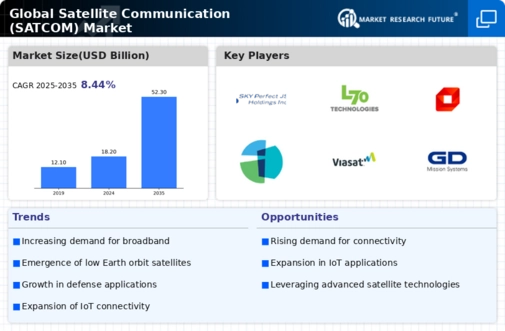
 Source Secondary Research, Primary Research, Market Research Future Database and Analyst Review
Source Secondary Research, Primary Research, Market Research Future Database and Analyst Review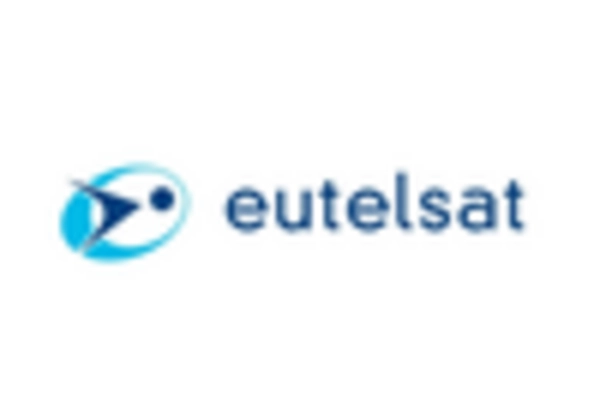
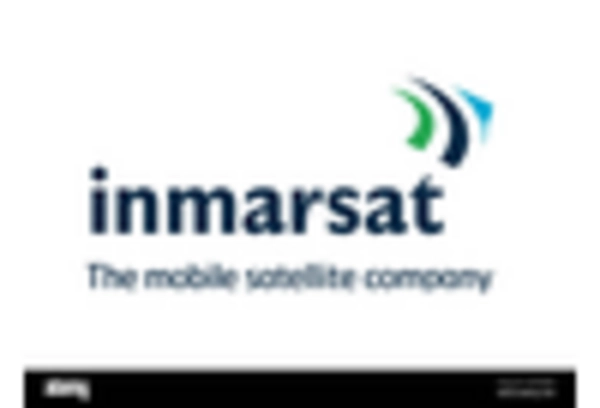
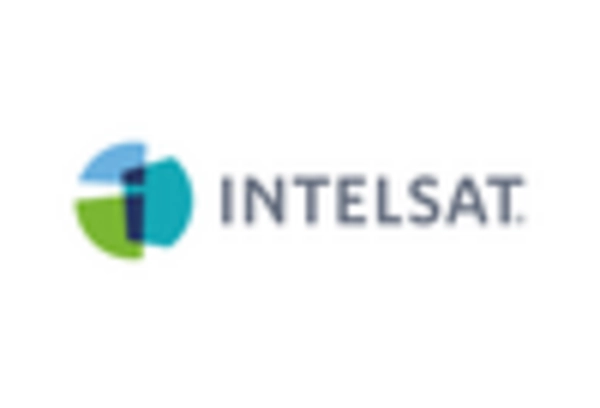
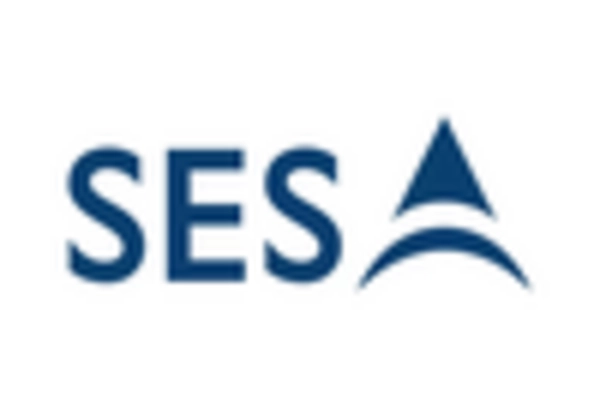

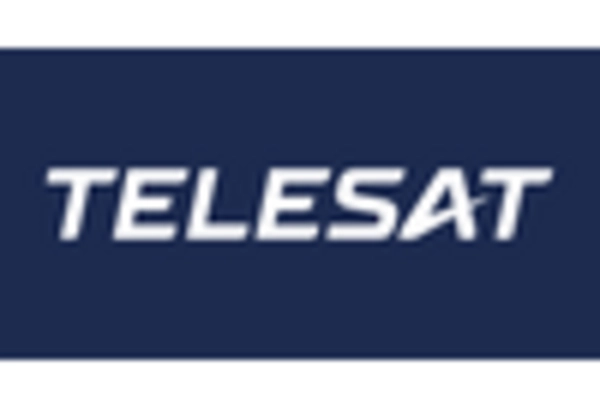

Leave a Comment